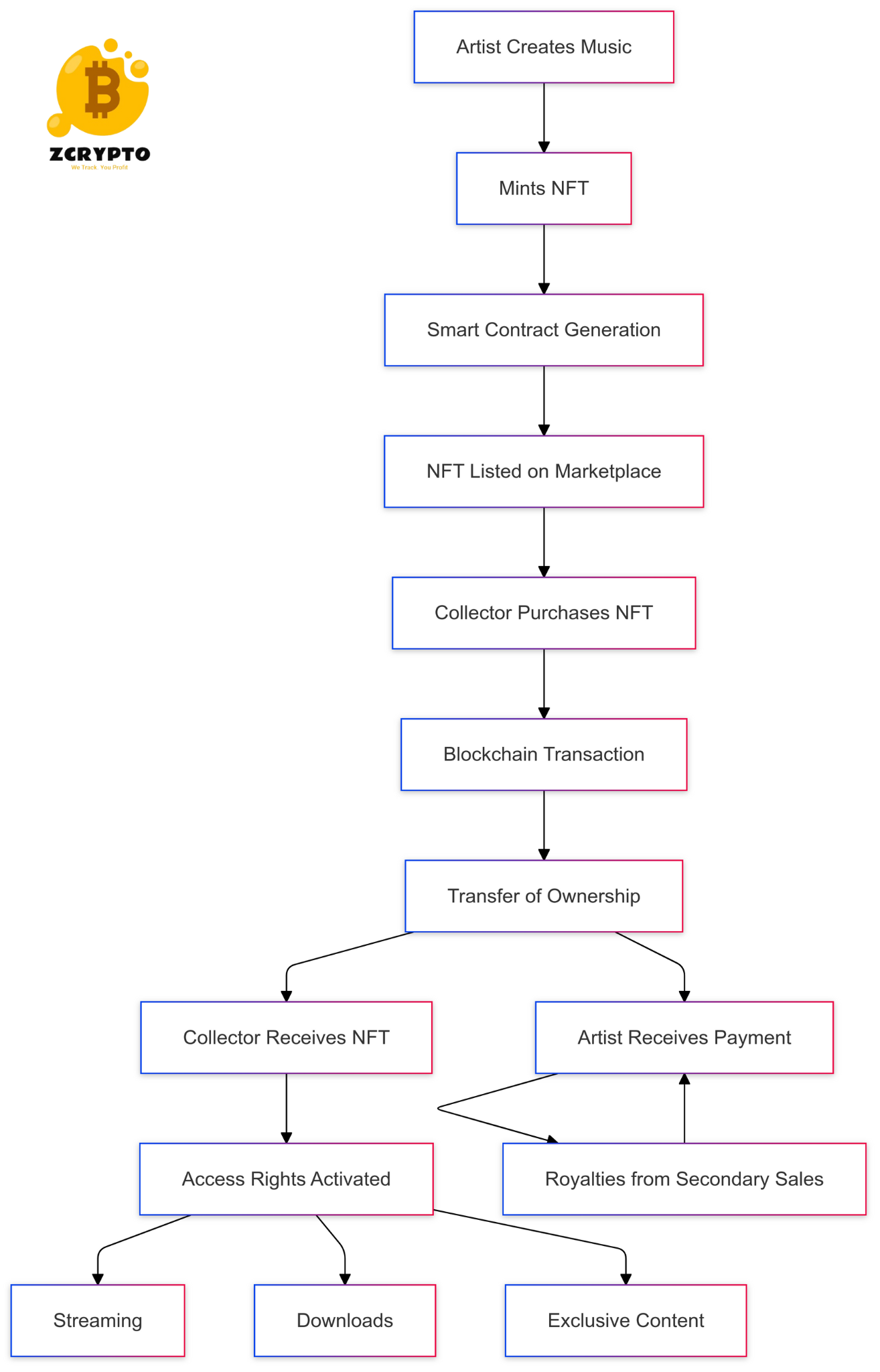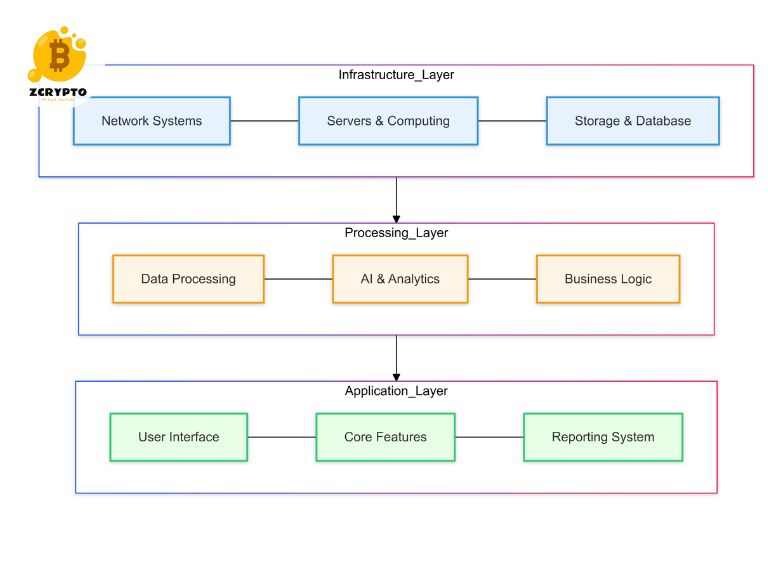What is a Call Option?
A call option is a financial contract that gives the buyer the right, but not the obligation, to purchase an underlying stock at a specified price (the strike price) before a certain date (the expiration date). This contract is bought for a fee known as the premium, which is paid by the buyer to the seller.
- Understanding the 25x Rule: How it Works and Key Considerations for Retirement Savings
- Understanding the 11th District Cost of Funds Index (COFI): How It Impacts Your Mortgage Rates
- Understanding the Balance of Payments (BOP): A Comprehensive Guide to International Financial Transactions
- What is Multisig? A Technical Analysis of Multi-Signature Security
- Understanding SEC Release IA-1092: A Comprehensive Guide to Investment Adviser Regulations
To illustrate this concept, imagine you think the stock price of Company X will rise significantly in the next few months. You can buy a call option to purchase 100 shares of Company X at $50 per share (the strike price) before the expiration date. If the stock price rises to $60, you can exercise your call option and buy the shares at $50, then sell them at $60, making a profit.
You are viewing: How Call Options Work: A Comprehensive Guide to Buying, Selling, and Profiting
Call options differ from other financial instruments like stocks and put options. Unlike owning stocks directly, call options allow you to benefit from price increases without committing to buying the stock outright. Unlike put options, which give you the right to sell a stock at a specified price, call options are about buying.
Key Components of a Call Option
Understanding the key components of a call option is crucial for effective trading.
Strike Price
The strike price is the predetermined price at which the buyer can purchase the underlying stock. For example, if you buy a call option with a strike price of $50 for Company X’s stock, you have the right to buy that stock at $50.
Premium
The premium is the cost of buying the call option. It’s what you pay to the seller for this contractual right. The premium is influenced by factors such as the current stock price, volatility, time until expiration, and interest rates.
Expiration Date
The expiration date is the last day on which you can exercise your call option. After this date, the option becomes worthless if it’s not exercised.
How Call Options Work
Call options can be either “in the money” or “out of the money,” depending on their relationship with the current market price of the underlying stock.
-
In the Money: If the current market price of the stock is above the strike price, your call option is considered “in the money.” For instance, if your strike price is $50 and the current market price is $60, you’re in a profitable position.
-
Out of the Money: If the current market price is below the strike price, your call option is “out of the money.” In this case, exercising your option would not be profitable.
When you exercise your call option, you buy the underlying stock at the strike price and can immediately sell it at the higher market price to realize a profit. Alternatively, you can sell your call option before expiration if its value increases due to rising stock prices.
Here’s an example:
-
You buy a call option for Company X with a strike price of $50 and an expiration date in two months.
-
The premium you pay is $5 per share.
-
If Company X’s stock rises to $65 by expiration, you can exercise your call option to buy at $50 and sell at $65, making a profit of $10 per share minus the premium ($5).
Why Buy a Call Option?
Buying call options offers several benefits:
-
Leverage: With call options, you can potentially gain large profits with a small initial investment. This leverage allows you to speculate on stock price movements without committing large amounts of capital.
-
Speculation and Hedging: Call options are useful for speculating on future price movements or hedging against potential losses in your portfolio. For example, if you own shares of Company X but think its price might drop temporarily due to market volatility, buying call options can help you maintain exposure while protecting your investment.
-
Low Risk: Compared to selling call options (which involves unlimited potential losses), buying call options limits your risk to just the premium paid.
Risks and Benefits of Buying Call Options
Benefits
-
Magnified Profits: Call options allow you to benefit from significant price increases with minimal upfront costs.
-
Lower Capital Requirements: You don’t need to purchase large quantities of stocks outright; instead, you pay a fraction of their value as premiums.
Risks
- Loss of Premium: If the stock price does not rise above the strike price by expiration, your call option will expire worthless, and you’ll lose the premium paid.
Risks and Benefits of Selling Call Options
Benefits
-
Earning Premiums: By selling call options, you earn premiums from buyers regardless of whether they exercise their options or not.
-
Avoiding Obligations: If the stock price remains below the strike price at expiration, you avoid any obligation to sell the stock.
Risks
- Unlimited Potential Losses: If the stock price rises significantly above the strike price before expiration, you may face unlimited potential losses as buyers exercise their options and you’re obligated to sell at the lower strike price.
Strategies for Using Call Options
There are several strategies that investors use when dealing with call options:
Covered Call Strategy
This involves selling call options on stocks you already own. It generates income from premiums but limits your potential profit if the stock price rises significantly above the strike price.
Call Spread Strategy
A call spread involves buying one call option with a lower strike price and selling another with a higher strike price. This strategy helps manage risk and cost by offsetting premiums paid against those received.
Hedging and Portfolio Management
Call options can be used to hedge against potential declines in your portfolio by providing protection against falling stock prices or to manage overall portfolio risk.
Example Scenarios
Let’s consider three scenarios involving buying and selling call options:
-
Stock Price Rises:
-
You buy a call option for Company X with a strike price of $50.
-
See more : How to Calculate Average Return: A Comprehensive Guide for Investors and Business Analysts
By expiration, Company X’s stock rises to $65.
-
You exercise your option to buy at $50 and sell at $65, making a profit of $15 per share minus the premium.
-
-
Stock Price Falls:
-
You buy a call option for Company X with a strike price of $50.
-
By expiration, Company X’s stock falls to $40.
-
Your call option expires worthless since it’s out of the money.
-
-
Stock Price Remains Stable:
-
You buy a call option for Company X with a strike price of $50.
-
By expiration, Company X’s stock remains around $50.
-
Your call option may expire worthless unless there’s enough time value left in it.
-
Additional Resources
For further reading on call options and options trading:
-
Check out resources from reputable financial institutions or investment websites.
-
Consult books on options trading such as “Options Trading: The Bible” by Anthony J. Saliba.
-
Visit online forums where experienced traders share their insights and strategies.
By diving deeper into these resources, you’ll gain even more confidence in navigating the world of call options effectively.
Source: https://summacumlaude.site
Category: Blog







